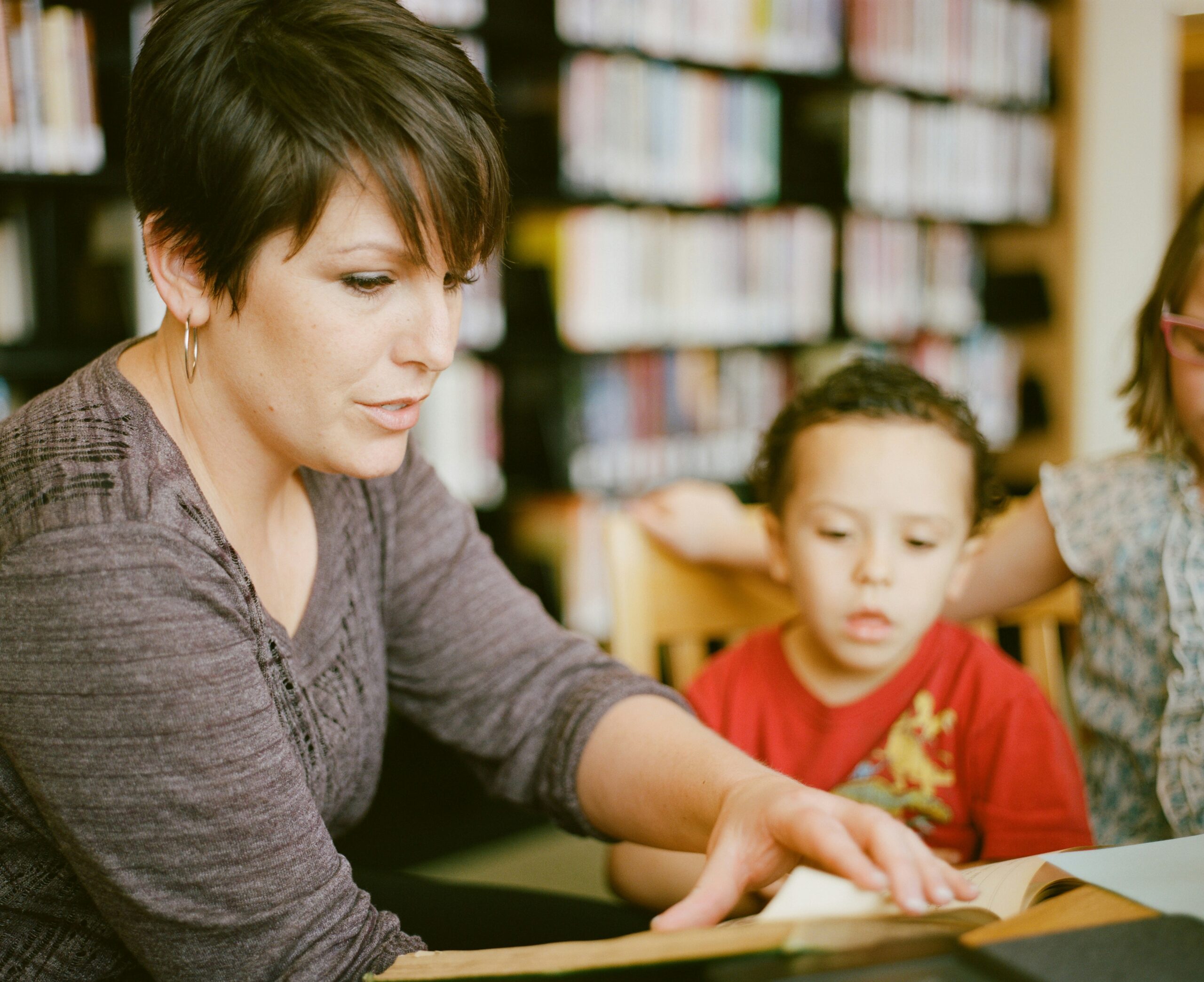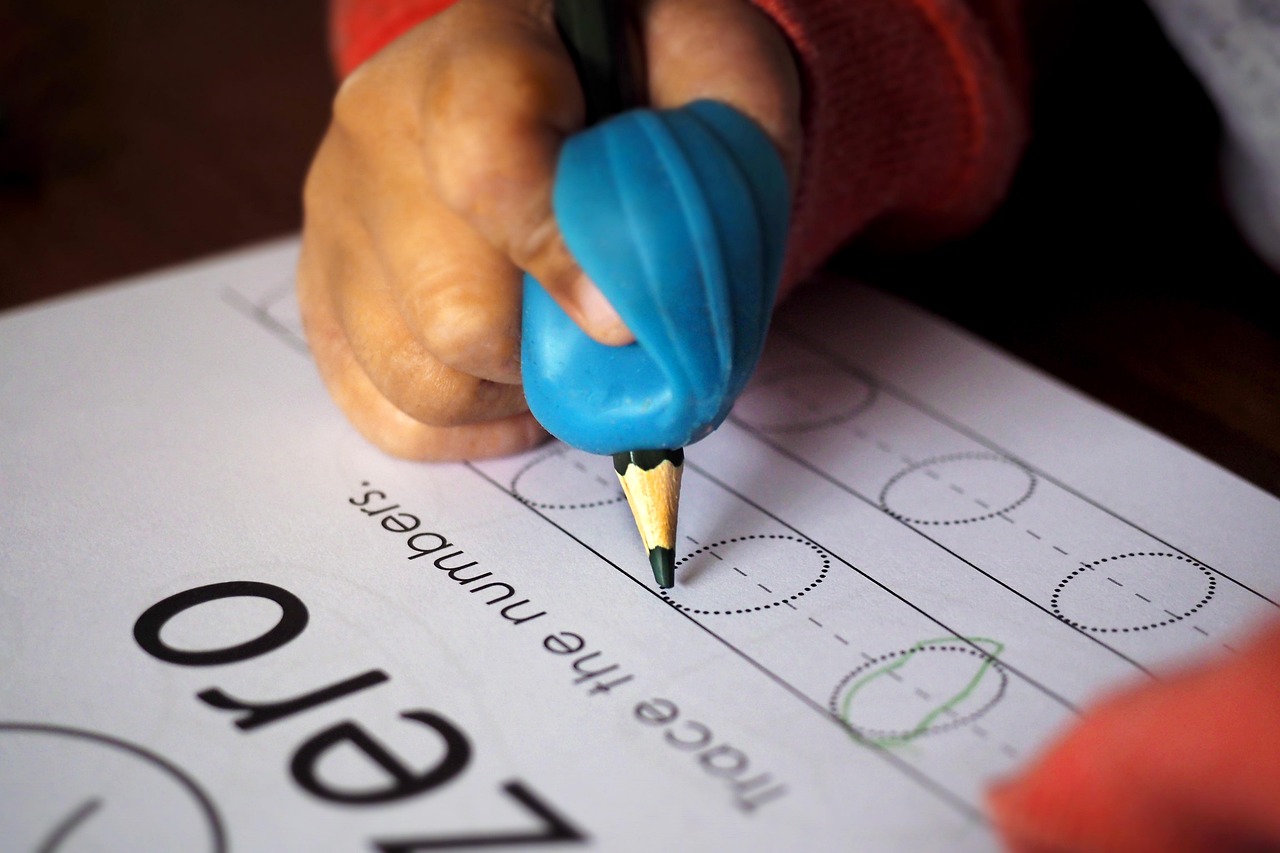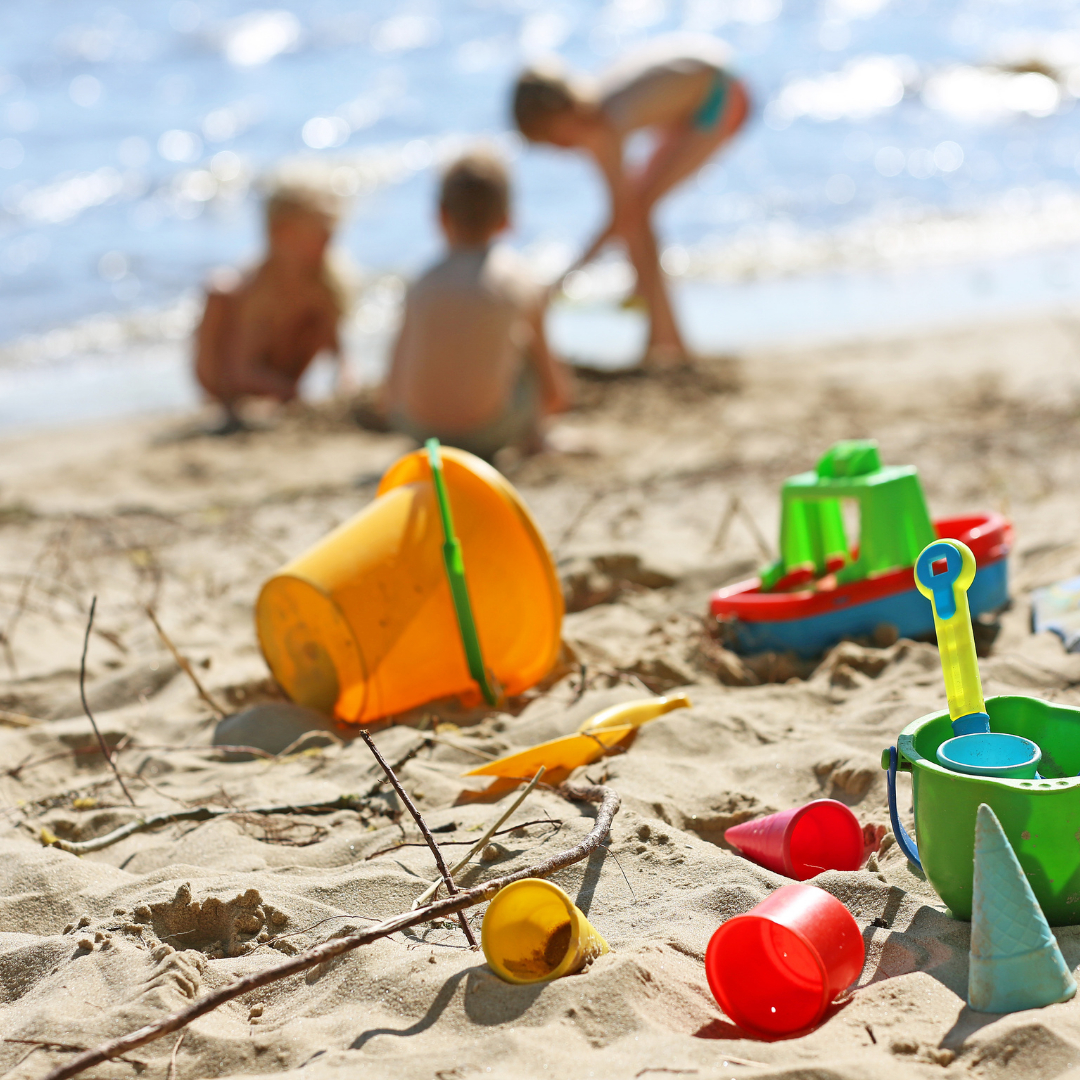[cmsmasters_row][cmsmasters_column data_width=”1/1″][cmsmasters_text]
How The Definition Of Online Safety Has Changed with Parenting in the Digital Age
When we think about online safety, for many people, we think of stranger danger. Not giving your information to people online, don’t click on links in emails or on sites you’re uneasy about, and don’t message people you don’t know. For our kids, this is what social media is all about!
Following a new YouTuber, messaging people in groups on Facebook, talking to people in DMs on Instagram, and having meetups with people who have similar interests at events like Minefaire [a Minecraft convention for adults and kids alike]. Through the internet and social media, our kids are exposed to things we may not want them to see. This is why online safety, moderated screen time, and activities offline are important topics to discuss. Parenting in the digital age may feel overwhelming, here are some tips and ideas to help guide you.
Moderating content helps to cultivate their core beliefs and values
Knowing what your kids are watching, reading, and listening to is important now more than ever. Every day, kids are online watching YouTube and reading blogs without supervision. It may feel overbearing to curate what your kids are consuming, but the alternative is worse.
Is the content they’re consuming teaching them the values you believe are important, or does it go against what you teach?
Do the children on the videos and in the books act entitled, make fun of others, or act lazy?
Or, do these children demonstrate cooperation, empathy, and a strong work ethic?
Which attributes do you want your kids to pick up?
We have to teach kids that online life is curated, not candid
When we look at a vlog on YouTube and see a family telling their kids they can get any toys they want from the store, we, as adults, know this is just for the views. Our kids may believe this is just how this family lives and that your family should be able to do the same. This not real life. Not for your family. Make sure your kids know that when they’re watching unboxings and toy reviews and DIY videos, that these children are being paid to make these videos and that this is their job. This is normal life for that child or those children, but that is not your child’s reality. It is so important to stress to your children that their life is theirs and someone else’s life is their own.
Moderating time spent consuming and creating online
Kids are creative by nature. They need to create things to express themselves. This can be done online through apps like Tik Tok or Instagram or on YouTube with DIY videos making slime or showing off art journals. As long as an adult is in control of the accounts and checks in regularly, there is no issue with kids using these platforms if they’re old enough for the terms of service set by the company or they’re using a parent’s account. Kids need to spend as much time offline as they do online. Being outdoors is still a great way to spend a nice afternoon. Playing board games with friends is still a great way to connect and have fun. Reading a book can be just as thrilling as watching a movie. All of these activities are fun and can be done offline with family and friends.
How To Make Screen Time Meaningful
Screen time can be a source of contention for parents and caregivers. How much is too much? What is and isn’t appropriate, and at what age? Which apps, books, and sites can we trust? These are all very important questions and are easily answered.
Choosing appropriate content for their age
There is no right answer when choosing what is appropriate for your child. You are the parent; you moderate what they watch and make that choice based on your own beliefs. The easiest way to make this choice is to watch what your kids are watching and then decide if you think it’s appropriate or not for their age and maturity. Here are two scenarios of inappropriate content:
Scenario 1:
There are three kids. Sara is 5, Aaron is 7, and Jacob is ten years old.
Everyone is sitting in the living room, watching YouTube.
It looks like they’re watching a cartoon with superheroes when you glance over, and everything is going great until you hear one of the characters on TV say a curse word.
Your head snaps up from what you were doing, and you rush over to turn off the video.
This is a common scenario in many homes. You think a video is appropriate for your kids because it looks like a cartoon, and then you hear bad language coming from the video.
We all assume that cartoons are safe because they are cartoons, so they skate by our radar until we’re caught off guard by the content ourselves, or when we hear our kids singing annoying and inappropriate songs from shows we don’t recall them watching.
Scenario 2:
Sara, Aaron, and Jacob have been blocked from watching TV because they were watching something inappropriate.
Their dad, James, is too busy to sit down and choose a show that they can watch, so he gives them their tablets.
Each child logs on to their profile and begins playing with the apps.
Sara opens an app and comes over to her dad for help progressing in the game three times.
When Sara comes back a fourth time, her dad takes the tablet to see what game she’s playing.
The age recommendation says ages 4+. Sara is 5, but she still can’t play the game the way it was designed to be played.
Instead of being challenging, the game is frustrating for both Sara and her dad.
Sara’s dad uninstalls the game and has Sara choose something easier to play.
This is another common problem with apps designed for kids. They have age recommendations, but sometimes they are still inappropriate for our kids. Sometimes this causes anger and frustration. This leads to tantrums and discontentment when the activity was supposed to be fun and entertaining.
Here are the best ways to choose appropriate content for your kids:
- Know your child’s strengths and weakness
- Think of your child’s maturity level before choosing content for them
- Choose characters that demonstrate values to want your child to have
Getting family and friends on board
When you have kids, sometimes you have to depend on other people to care for your kids. Parents and caregivers have many reasons for needing childcare, like working, being sick, or just needing a break! The easiest way to get others on board with your plan is to tell them simply. It can be hard to defend your choices against family and friends when you’re trying something new.
Here are some things you can say when you have to leave your kids in someone else’s care:
We’re not letting ____________ watch YouTube anymore because they stumbled upon some inappropriate videos. Can you make sure he/she doesn’t watch anything while he/she is here? Thanks!
We think ___________ is watching too much TV lately, so we packed some books and crafts they can do while they’re here. Can you make sure they don’t sneak and watch TV? Thank you!
I’ve Tried Everything Else, How Can I Break The Twitch?
If you’ve tried moderating your child’s content and introducing more and more activities offline, but you’re still worried your child is too influenced by everything online — you might want to break the twitch. The twitch refers to the feeling we get when we feel bored and immediately reach for a device to soothe ourselves. The best way to break the twitch is to do it along with your child.
Focus On More Activities Without Screens
As mentioned above, having kids do more activities offline is the best way to lessen their use of screens. When is the last time your kids went to a park and actually played with other kids? If you’re unable to get to a park, what are other places your kids can go to? Are there children’s museums, or discounted programs and activities in your city?
Take a look at your city’s tourism website and see what deals they have for family fun. You may come across coupons and discounts you never knew existed!
Here is something you can do right now to break the twitch:
- Replace one of your child’s weekly activities online with something offline for one month
- Make a note of any behavioral changes in your child
- After the month is over, sit down as a family and discuss why or why not you’ll be keeping the change you made
Teach That People Are More Important Than Things
Other than the urge to reach for a device the minute boredom hits or when we have free time, we also use devices to fill the silence in social situations. How many times do you see people out and about with friends or family, and everyone’s face is in their phone capturing the moment instead of enjoying it? This happens on planes, in restaurants, and now it’s happening at our kid’s birthday parties too! How can we teach our kids that people are more important than devices?
Here are three ways our kids can learn to put down the device in social situations:
- Have a tech-free playdate with a friend or with family
- Leave the devices in your room during meal times, so everyone has the chance to talk about their day
- Make it a game! Have an adult say a silly phrase. Whoever can put their device down the fastest and then repeat the silly sentence that the speaker said gets the point. Do this ten times. Whoever gets the most phrases correct, wins!
Here Is A Quick Recap
Online safety is important because:
● Some of the content our kids consume does not teach them our values or beliefs and can cause them to act the opposite way we want to raise them
● Online life is often unrealistic and can cause children to compare their lives with others because they don’t understand the media and advertising.
● Too much time online means less time face-to-face building social skills with others. This can lead children to prefer online life to real life.
How to moderate screentime including content and length of time
● Content made for kids is not always appropriate for kids. It can be inappropriate for them developmentally or mentally.
● Choose content based on your family’s core values and beliefs, characters you know and trust, and your child’s strengths and weaknesses.
● Sometimes you’ll have to leave your kids with others who have different values, beliefs, and concerns than you have. The easiest ways to make sure your child sticks to the content you believe is best for them is to:
○ Have them bring the content with them
○ Ask the adults to allow or restrict certain content ahead of time
○ Have the kids bring offline activities they can do while you’re away
How to get kids to value people over devices and play outside
● Focus on more activities without screens
● Swap one screen time activity each week with an offline activity and monitor how your child’s behavior changes for a month. Decide at the end of the month if this is beneficial for your child.
● Teach your child that people are more important than devices. They can always save the game, come back later, or take a break.
● When someone is speaking, put your device down and have a conversation.
● Resist the urge to pick up a device when you’re bored or have free time. Replace that with a new habit instead of reading, coloring, or playing with non-electronic toys.
● Make it a game! Have everyone see how much they can repeat and remember when they have their devices down. Have a fun reward set up for the best outcome, like alone time for you and your child.
Thank you for reading this article! If you like it, please share it with a friend. And if you try any of the activities, let us know how it went! We’d love to know how lessening screen time impacted your family. For more information about Northdale Christian Academy, please call or fill out our contact form.
[/cmsmasters_text][/cmsmasters_column][/cmsmasters_row]








